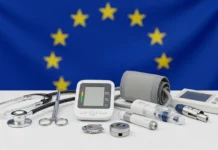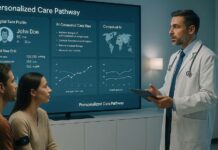While professional drivers have to worry about speed traps, weight restrictions and traffic jams, many don’t consider the effects of prolonged sun exposure from driving.
In a study appearing in the Journal of the American Academy of Dermatology a Saint Louis University doctor found that facial skin cancers were predominantly on the left-side, and especially in men.
"We tend to see more skin cancer on the left side of the face – drivers need to be aware of the amount of sun exposure they receive behind the wheel," said Scott Fosko, M.D., chair of dermatology at Saint Louis University School of Medicine, and co-author of the study. "The cumulative effect of being exposed to the sun builds up over many years."
According to the American Cancer Society, most of the more than 1 million cases of non-melanoma skin cancer diagnosed yearly in the United States are considered to be sun-related. Melanoma, the most serious type of skin cancer, accounted for a majority of the nearly 12,000 deaths due to skin cancer last year.
Professional drivers aren’t the only ones that need to monitor exposure to the sun; carpooling moms and daily commuters should be concerned as well.
Fosko recommends wearing sunscreen that blocks both UVA and UVB rays every day to avoid skin cancer. Checking the label of the product allows consumers to ensure the sunscreen protects against both. Defense against premature wrinkling and aging of the skin are also added benefits of sunscreen application.
Tinting glass and using UV filters on windows also helps reduce the amount of UV rays that age the skin. In addition to sunscreen on sun-exposed areas, Fosko recommends drivers to wear protective clothing whenever possible.
"Professional drivers learn to wear proper safety equipment be it gloves, steel-toed boots or safety glasses when appropriate," said Fosko. "Sunscreen should be added to the list. An ounce of sunscreen applied as prevention on the road can be worth a lot of time and expense parked in a doctor’s office later on."

















